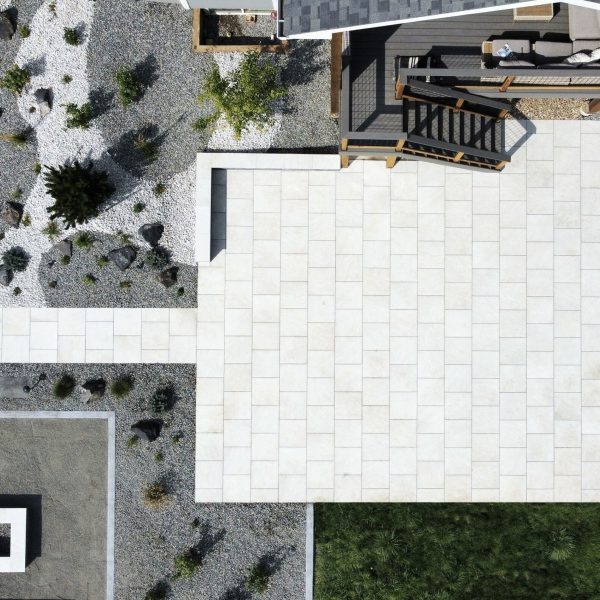Like the weather, Colorado loves to surprise us with its unpredictable soil. With vast differences in topography and conditions, the soil in our state varies drastically from heavy clays, quick-draining sands, to decomposed granite. Understanding the unique properties and challenges of a site’s soil is imperative to establishing healthy and resilient plants.
First, what exactly is soil?
It’s dynamic, it’s complex, it’s so much more than broken up sediment and rocks. Soil is a medium for life. Hosting a plethora of microorganisms and earthworms, it truly is an ecosystem of its own. Without soil, we would not be here. Taking time to acquaint ourselves with the soil in our yard not only gives us deep appreciation, but it provides us with the necessary information to foster robust and resilient landscapes for years to come.
“So, what is the ‘golden ticket’ of soil for the Front Range?” you might ask.
Well-managed Western soil typically breaks down to be 25% air, 25% water, 47% mineral, and 3% organic matter. This combination is the ideal environment for healthy root growth. Unfortunately, this is not the case for most of us, and while other factors play a role, soil tilth can make or break a healthy landscape. Soil issues may often be the culprit for unwell perennials, sick trees, or dying lawns.
Urban environments are notorious for having compacted, clay soils. Clay soils present a unique set of planting challenges: heavy compaction, low organic matter content, textural interface differences, and reduction in pore space. The drainage issues that arise from compacted soils result in low oxygen and saturation, inhibiting root growth and plant vitality. Additionally, our soil suffers from high pH, nutrient deficiencies, and high salt content. Being a plant in Colorado isn’t always easy. However, what doesn’t kill you, makes you stronger!
So, what do we do with Colorado soil? How can we make it better?
Soil management is possible, but it takes attention, time, and work (like all good things). To collect a baseline and have a grasp on what kind of soil you’re working with, a sample can be submitted to Colorado State University’s SWPT Laboratory for a detailed soil analysis. This data can be a valuable tool for soil management practices. KALEIDOSCAPE encourages our clients to be proactive about their landscape, and we are happy to perform a soils test when creating a new landscape for clients.
Sometimes, our stubborn clay soil seems near-impossible to fix. However, amending soil with organic matter and utilizing natural mulch is going to be a wonderful way to encourage a healthy soil ecosystem. Over time, the gradual addition and breakdown of organic matter can have positive effects on soil tilth, encouraging healthy roots and resilient plants. Being intentional with proper plant selection is equally important. Well-adapted plants are going to be more tolerant of stressors like heat, drought, high pH, and high salinity. Native plants to the Foothills region should also be considered, as they have evolved to withstand, and even thrive, in these parts of Colorado.
KALEIDOSCAPE works hard to set your landscape up for success. We source healthy plants from local, reputable nurseries and only install plants that are suitable for the given area. Proper planting techniques and soil amendment at the time of planting are steps we always take to encourage an optimal start to your long-lasting landscape.
We hope this week’s Backyard Blog has invoked a sense of curiosity and respect for the soil beneath your feet.
Thank you for playing in the dirt with us, Kaleido-CREW. Until next time!
Cheers,
KALEIDOSCAPE
























